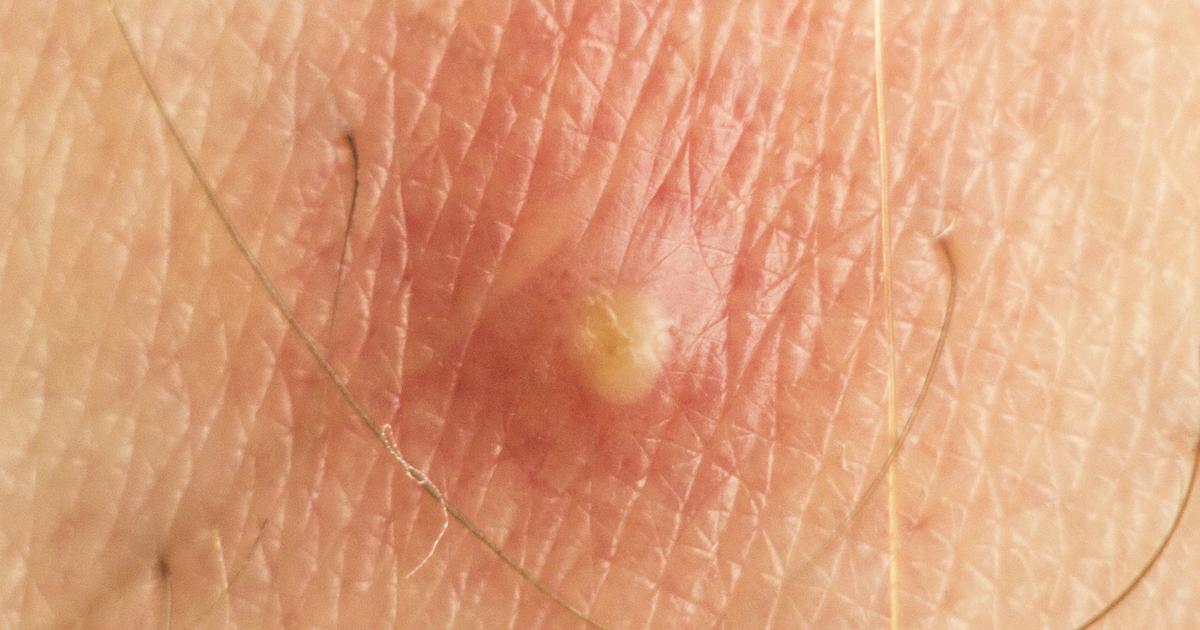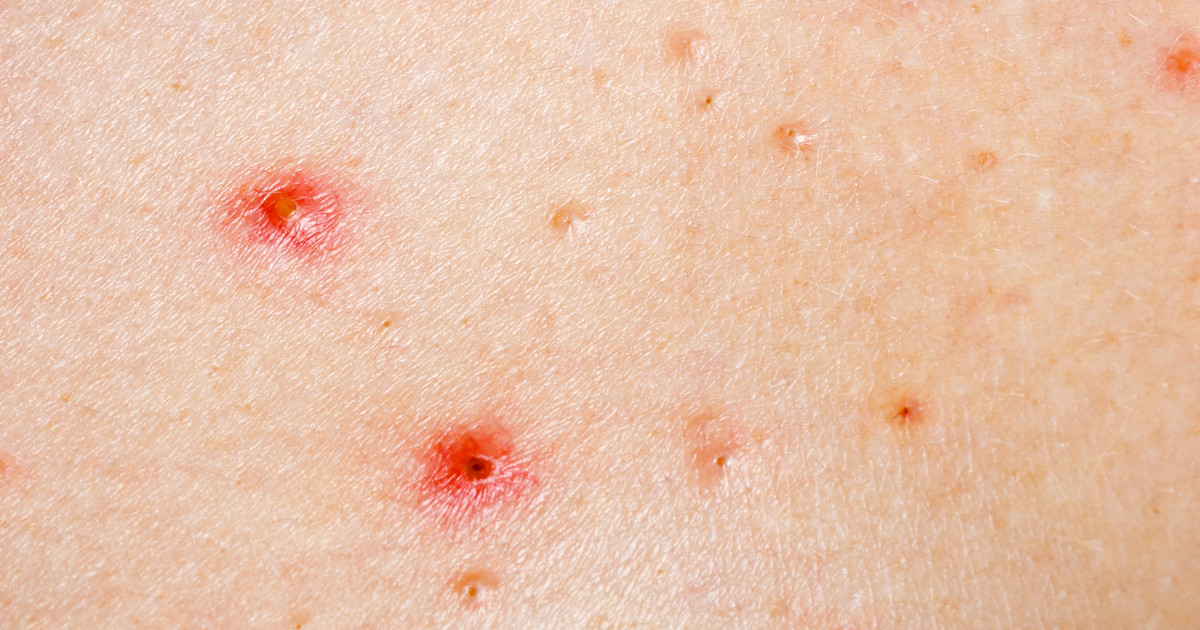What Are The Different Types Of Acne?
Pustules

Acne pustules, which are larger than blackheads and whiteheads, contain yellow or white pus. A pustule tends to appear as a white bump that's hard to the touch, or as a red bump with a white center. It may be tender when an individual touches it. The skin surrounding the pustule may be inflamed or red, but this isn't always the case. Like other types of acne, pustules are caused by clogged pores. With a pustule, the walls of the clogged pore begin breaking down, leading to a larger pimple formation. Though folliculitis and acne are the most common causes of pustules, they can also be found in individuals who have certain kinds of eczema or psoriasis. The pus inside forms because the body is attempting to fight the infection caused by the bacteria or dirt inside the pore.
Read about more types of acne and acne conditions now.
Papules

Papules are red bumps that typically measure less than five millimeters in diameter. These lesions lack a yellow or white center, and they do not contain pus. Papules are classified as a type of inflammatory acne. Within a few days of forming, most papules fill with pus, and they are then classified as pustules. Papules are often caused by bacteria, excess oil production, and overly active androgens. Stress, sugary diets, and certain medications could make papules worse. To treat acne papules, patients may want to try over-the-counter products containing salicylic acid or benzoyl peroxide. Dermatologists can prescribe stronger treatments, including retinoids, dapsone, and antibiotics. Patients should avoid scratching or picking papules during treatment. Doing so could spread bacteria deeper into the skin, and this might delay healing.
Get the details on more forms of acne and acne conditions now.
